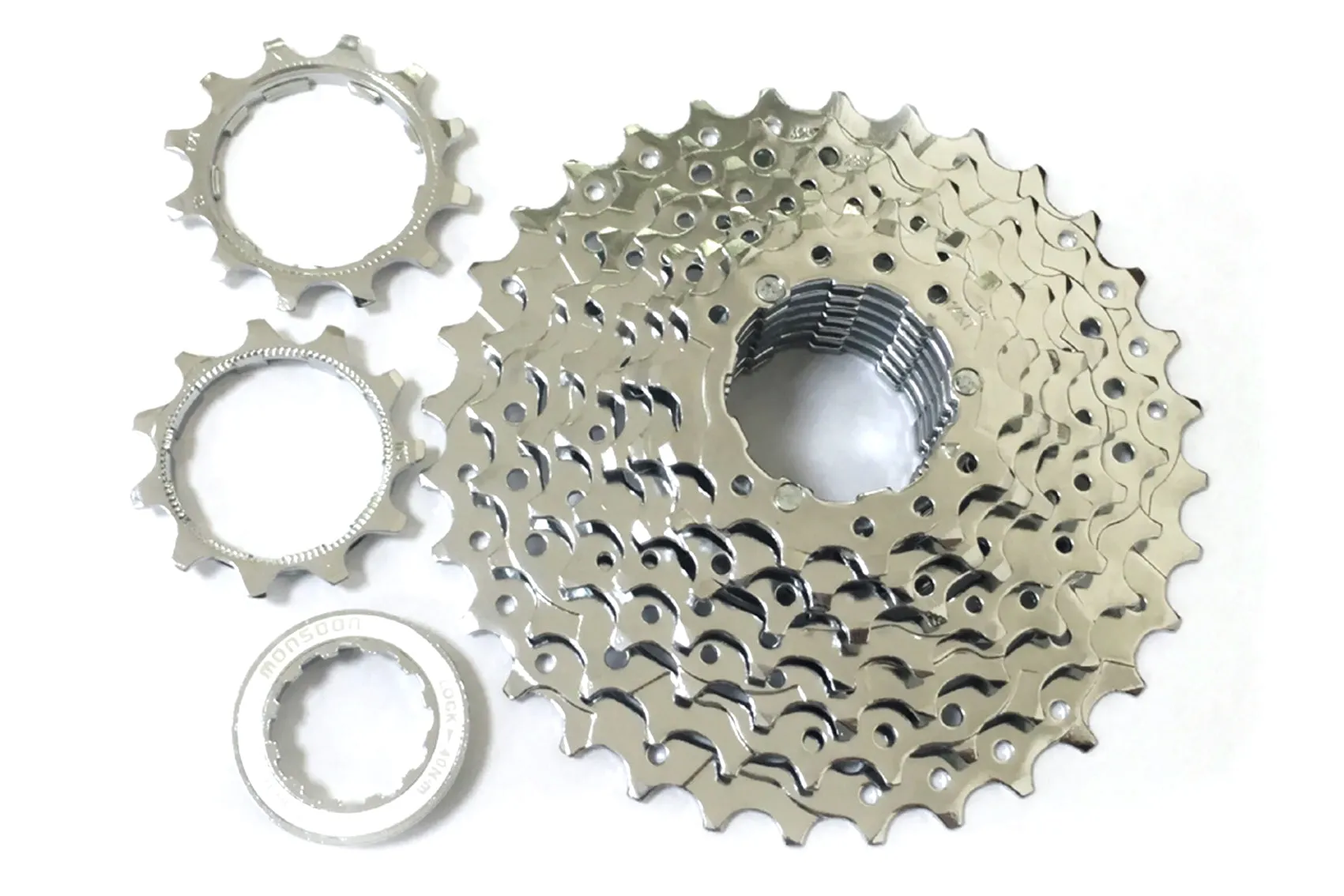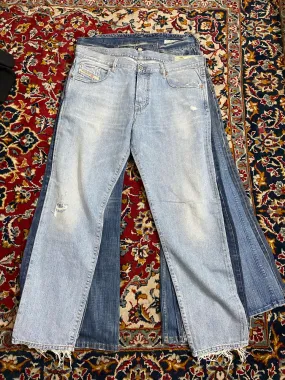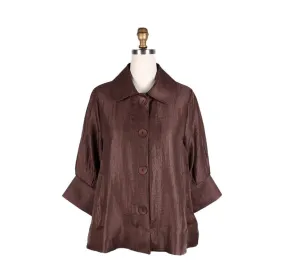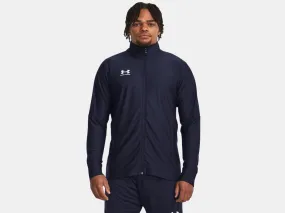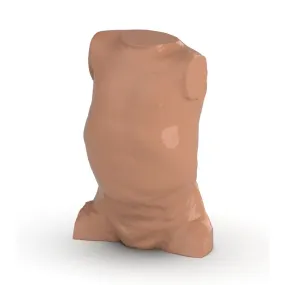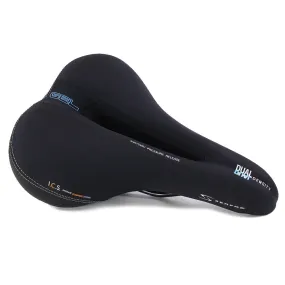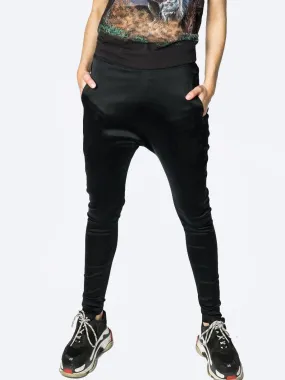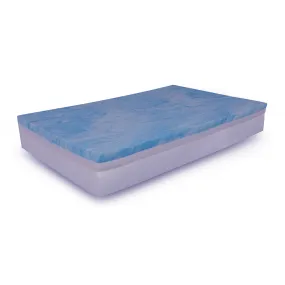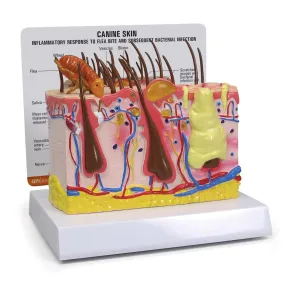A Comprehensive Guide to Bicycle Cassettes: Finding the Right One for Your Ride
Bicycle cassettes play a crucial role in determining the performance and efficiency of your ride. With various options of bicycle cassettes available in the market, selecting the right cassette can be a daunting task. In this guide, we will explore how to find the perfect bicycle cassettes for your needs, understand the difference between a cassette and freewheel, explore the impact of the number of teeth on gear ratio, and discuss the requirements when converting to a 1x drivetrain.
1. Cassette vs. Freewheel:
Before delving into cassette selection, it's essential to understand the difference between a cassette and a freewheel. Both components are found in the rear wheel hub and consist of a set of sprockets that engage with the bicycle chain. However, a cassette is a separate unit, while a freewheel combines the sprockets with the freewheeling mechanism. Most modern bikes use cassettes due to their improved performance, easier maintenance, and the ability to interchange gear ratios more efficiently.
2. Choosing the Right Cassette:
When selecting a cassette, consider factors such as the terrain you'll be riding on, your fitness level, and your bike's drivetrain compatibility. Cassettes come in various speeds, ranging from 7 to 12 speeds, each offering a different number of sprockets. The more sprockets a cassette has, the narrower the gaps between gears, providing smoother gear transitions.
3. Understanding Gear Ratio and your cassette .
The gear ratio refers to the relationship between the number of teeth on the front chainring and the rear cassette sprockets. A cassette with a wide range of teeth, such as an 11-32T, provides a broad selection of gears suitable for climbing steep hills and tackling challenging terrains. On the other hand, a narrow range, like an 11-23T, is ideal for flat roads and high-speed riding.
4. Transitioning to a 1x Drivetrain and cassettes
A 1x drivetrain eliminates the front derailleur and offers a simplified setup with a single front chainring and a wide-range cassette at the rear. When converting to a 1x drivetrain, it's essential to choose the appropriate front chainring size to maintain a suitable gear range. Riders seeking versatility may opt for a larger front chainring, like a 38T or 40T, while those who prioritize climbing and off-road riding might choose a smaller chainring, such as a 30T or 32T. Also keep in mind that adding more teeth to the low gears will have its limits depending on the length of your rear derailleur. For example a 11-42t cassette will need a long cage derailleur. There is short , mid and long rear derailleurs.
Selecting the right bicycle cassette is paramount to enhancing your cycling experience. With an understanding of cassette vs. freewheel distinctions, the impact of the number of teeth on gear ratio, and the requirements for transitioning to a 1x drivetrain, you can make an informed decision. Consider your riding style, terrain, and desired performance to find the perfect cassette that suits your needs. Whether you're a seasoned cyclist or a beginner, having the right cassette can significantly improve your efficiency, comfort, and enjoyment on the road or trail. Happy cycling!




